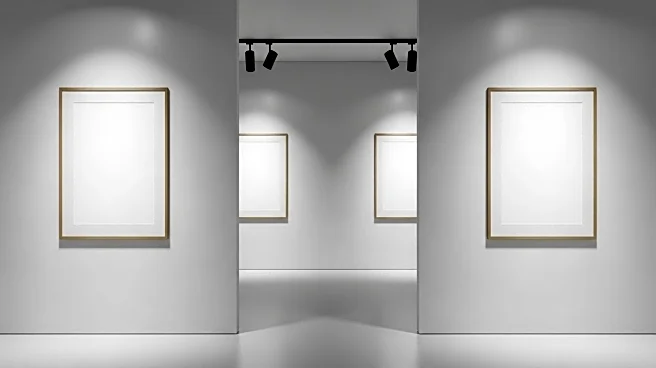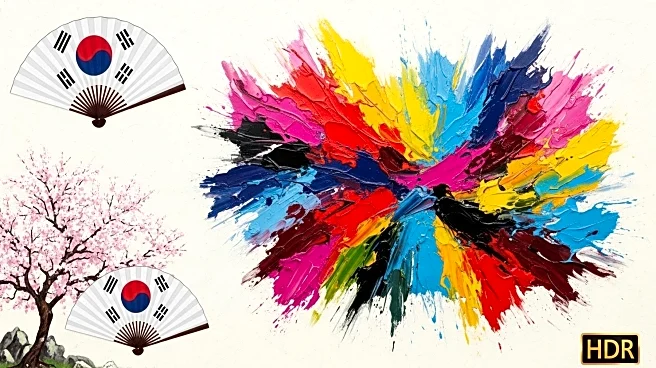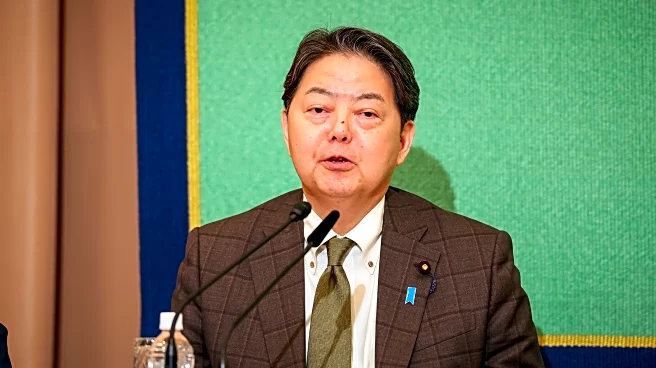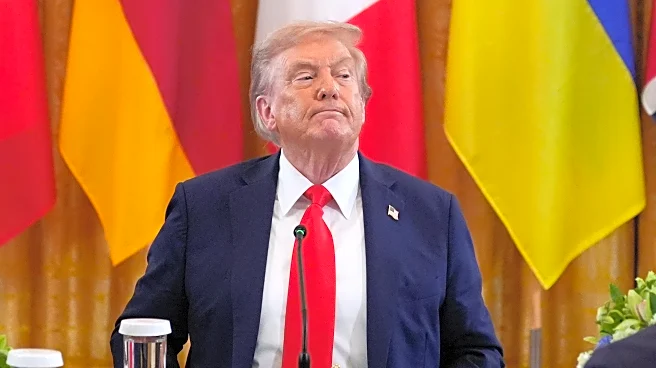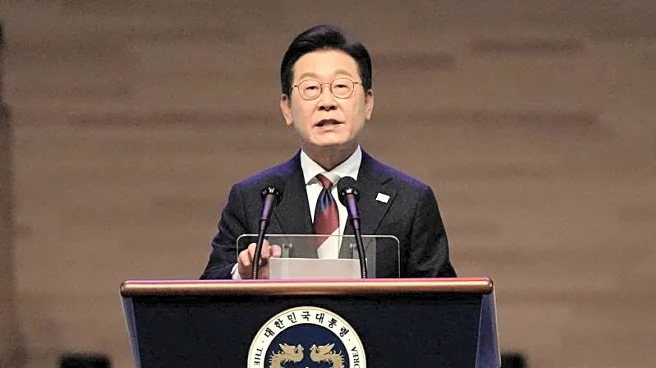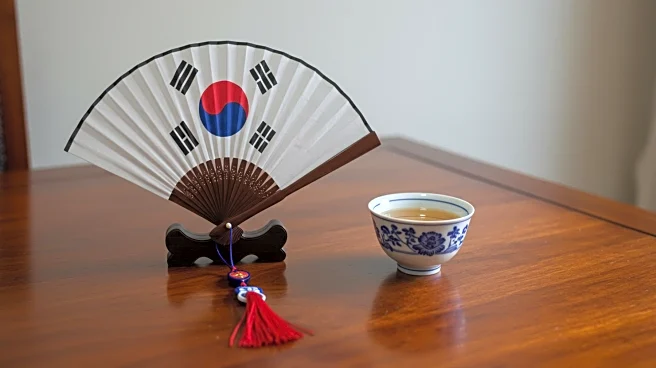What's Happening?
The art market in Tokyo, Japan, is demonstrating resilience despite a global downturn in fine art auction sales. According to recent data, Japan experienced a 19 percent decline in auction sales in 2024 compared to 2023, which is notably better than the global average decline of 27.3 percent. This performance is attributed to the country's stronghold on blue-chip artists and the rising popularity of emerging talents. The Artnet Intelligence Report highlights that Japan offered 24,526 lots at auction this year, marking the second-highest figure in the past decade, with a sell-through rate of 73.9 percent, the highest in ten years.
Why It's Important?
Japan's art market outperformance is significant as it indicates a robust local market that could attract international attention and investment. The country's ability to maintain a relatively stable art market amidst global challenges suggests a strong cultural and economic foundation. This resilience could benefit artists, galleries, and investors, providing a stable platform for growth and innovation in the art sector. The success of emerging artists like Yu Nishimura, whose auction totals have significantly increased, underscores the potential for new talent to thrive in Japan's art scene.
What's Next?
As Japan continues to outperform the global art market, it may see increased participation from international collectors and investors. The upcoming art fairs in Japan and South Korea could further boost the market's visibility and attract more global interest. Stakeholders in the art industry may focus on leveraging this momentum to expand their reach and influence in the international art community.
Beyond the Headlines
The resilience of Japan's art market may also reflect broader cultural trends, such as a growing appreciation for contemporary and traditional Japanese art. This could lead to increased cultural exchange and collaboration between Japan and other countries, fostering a more interconnected global art community.


